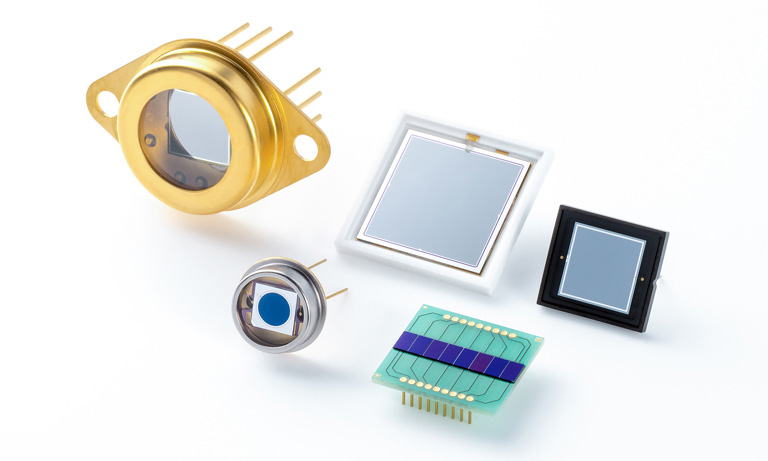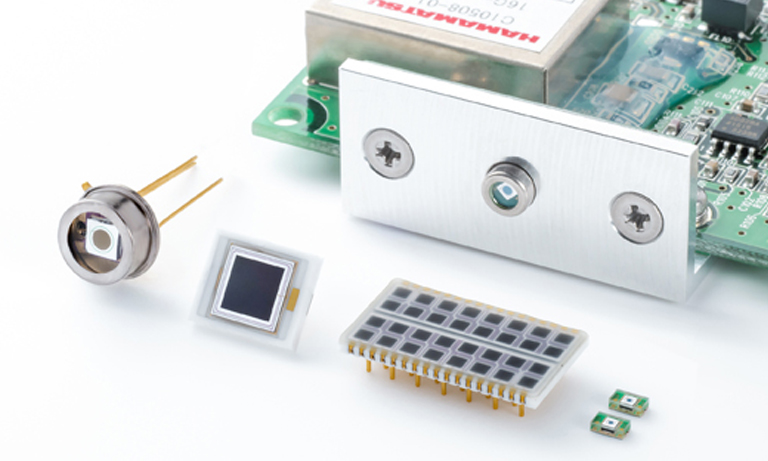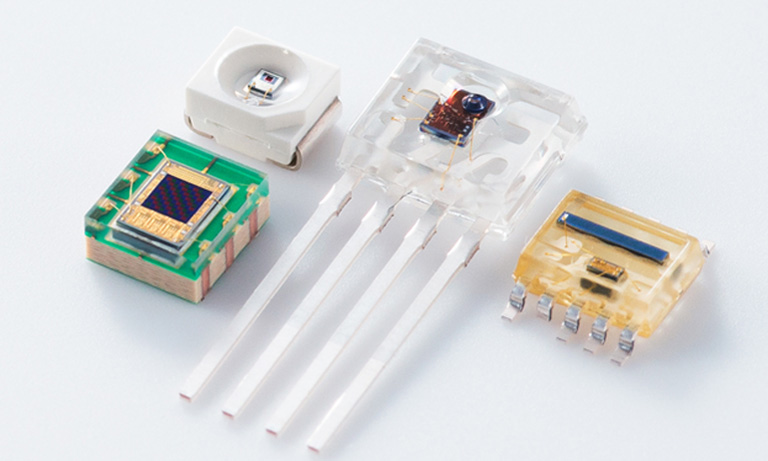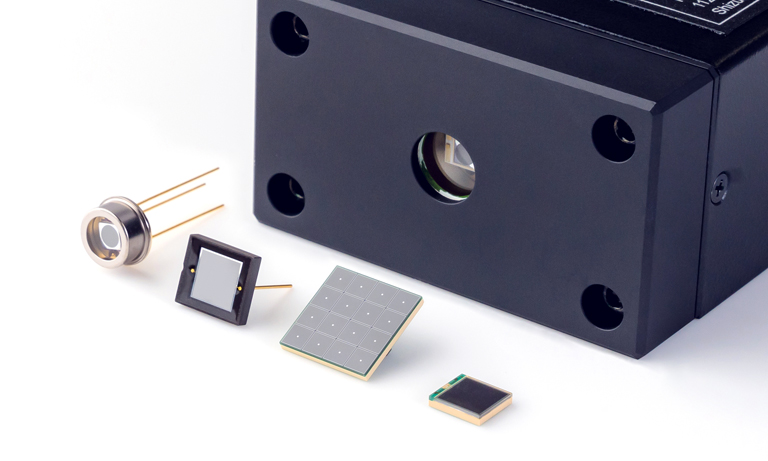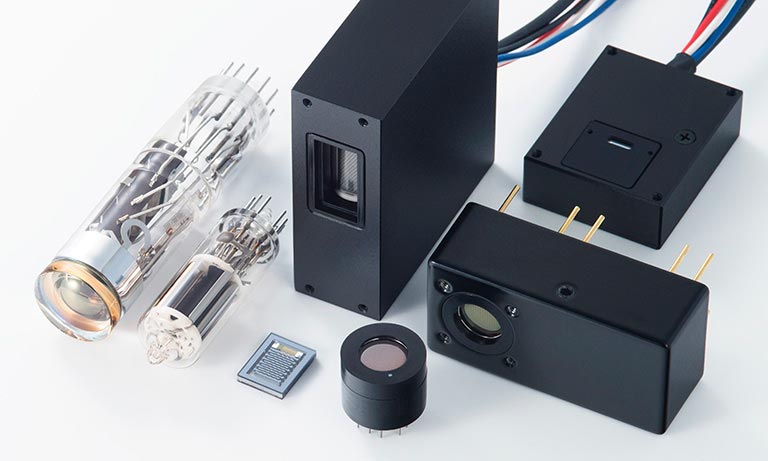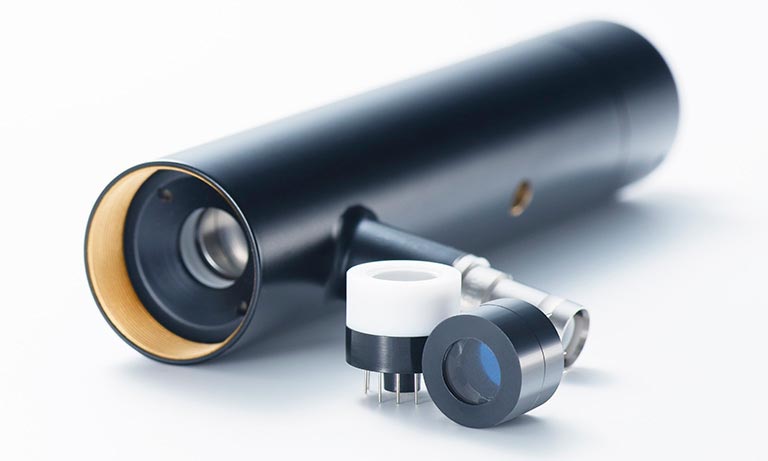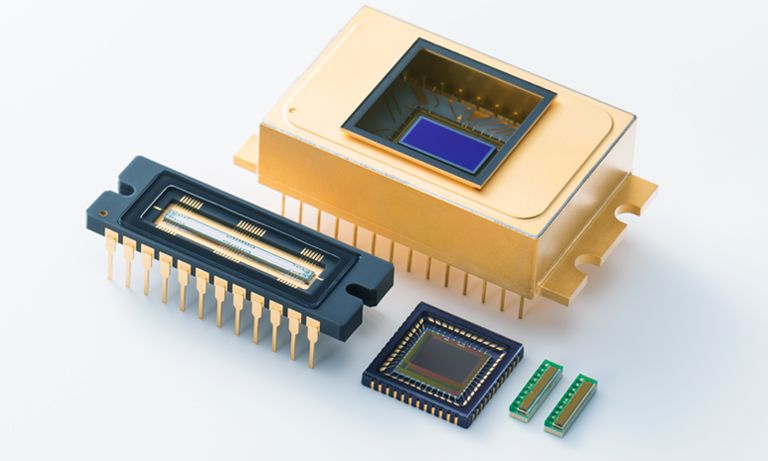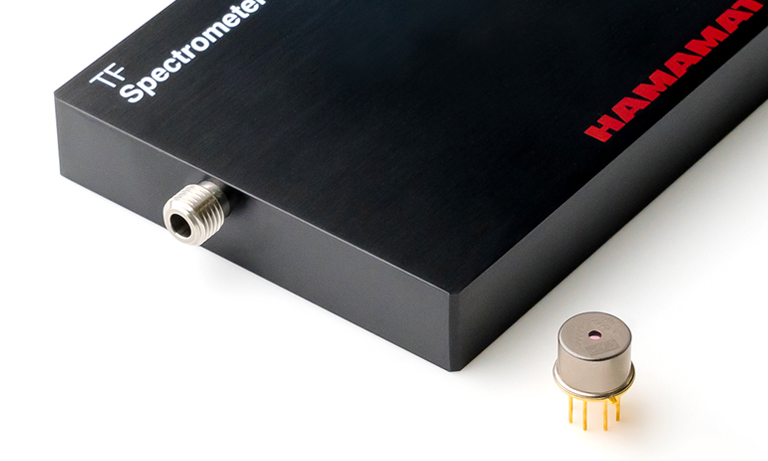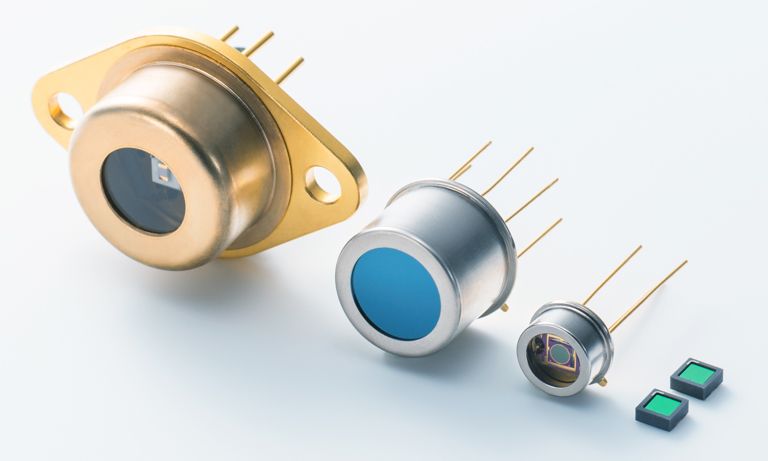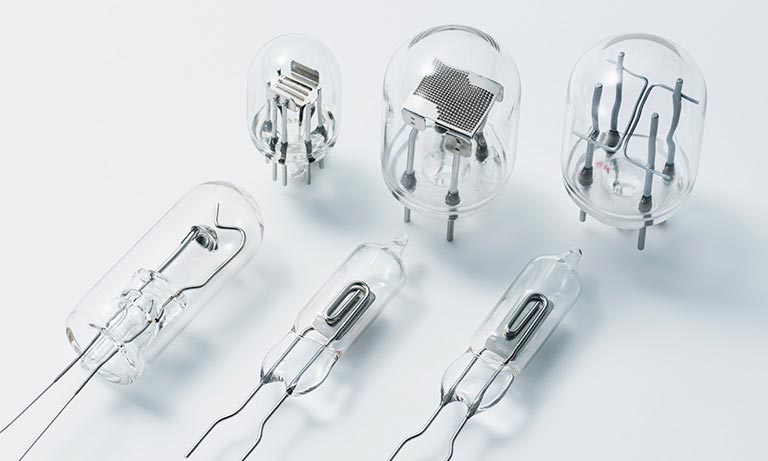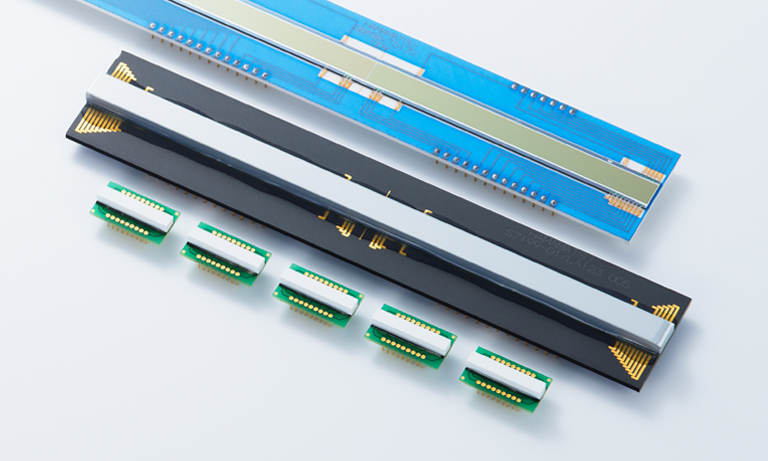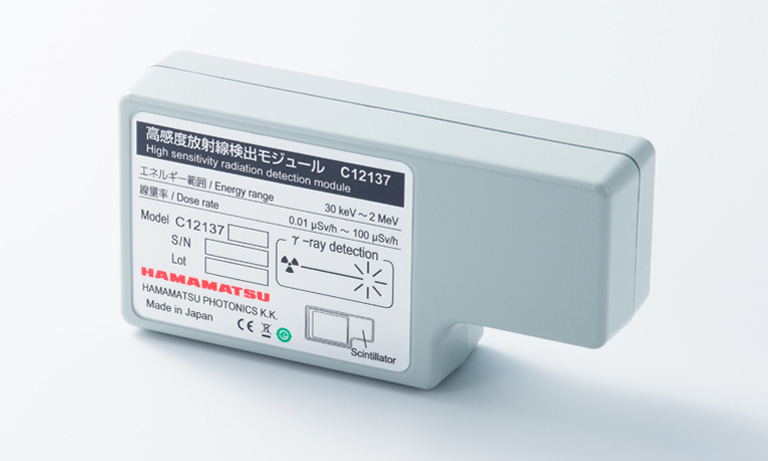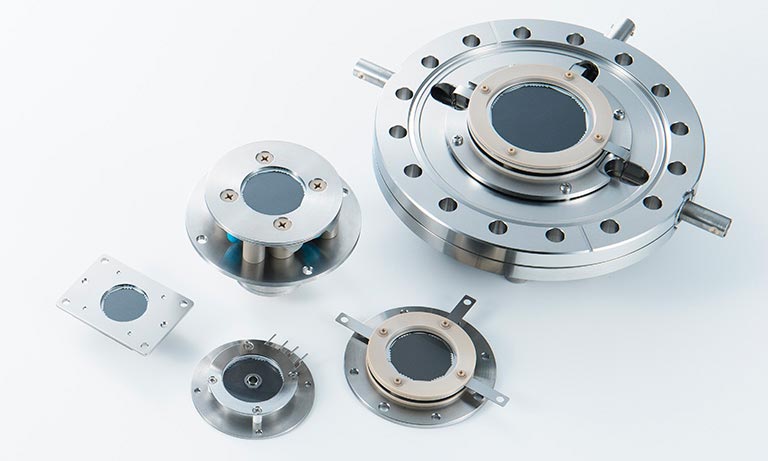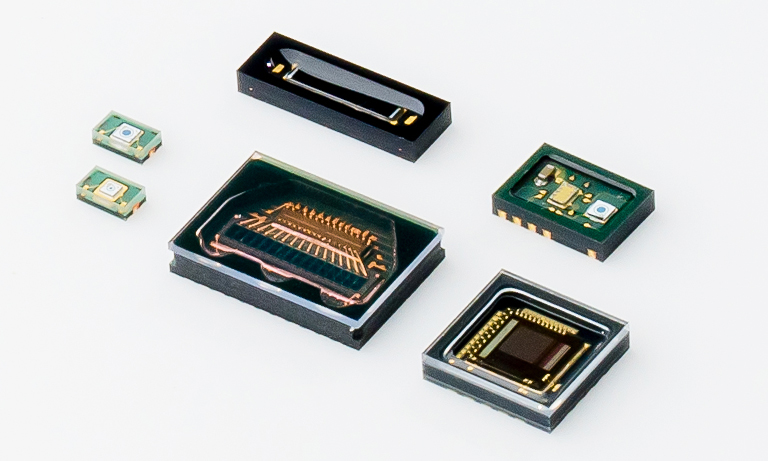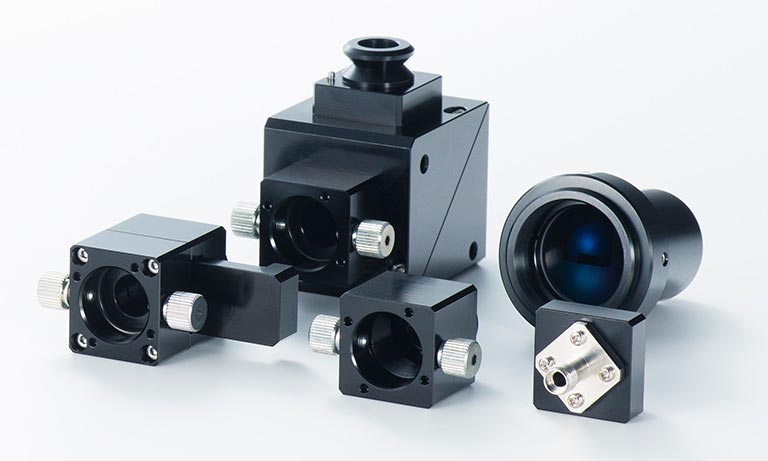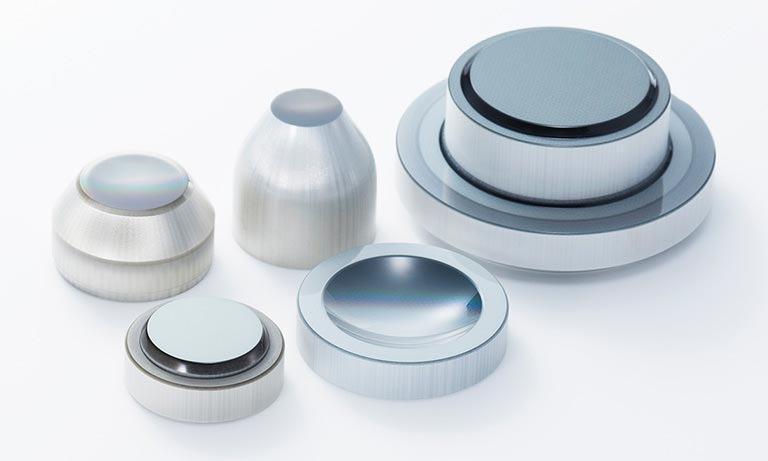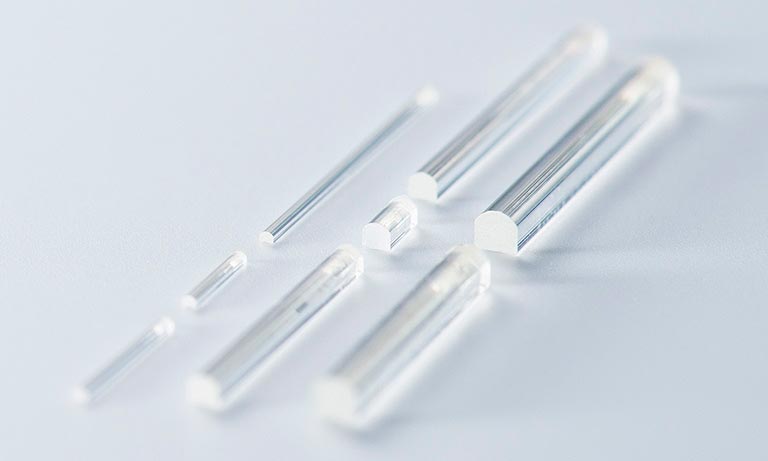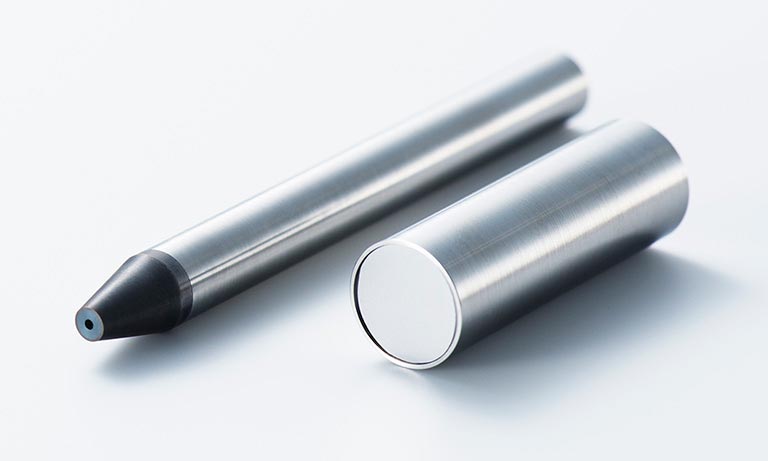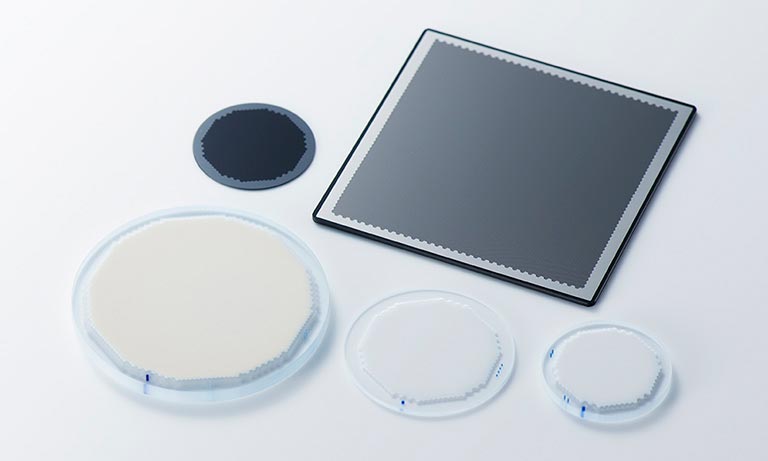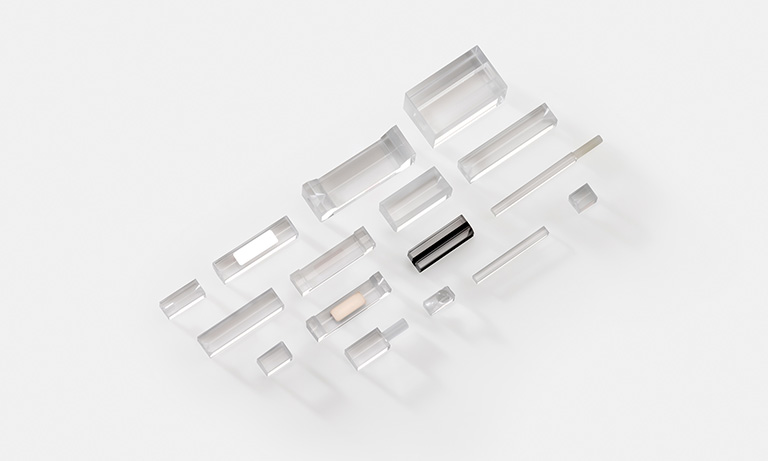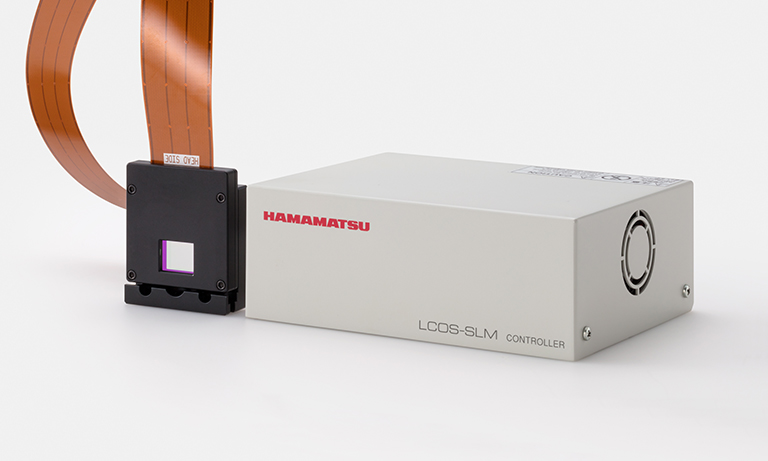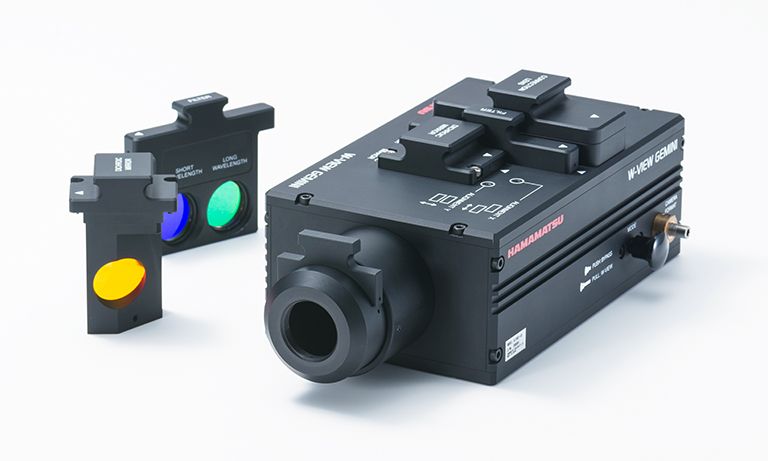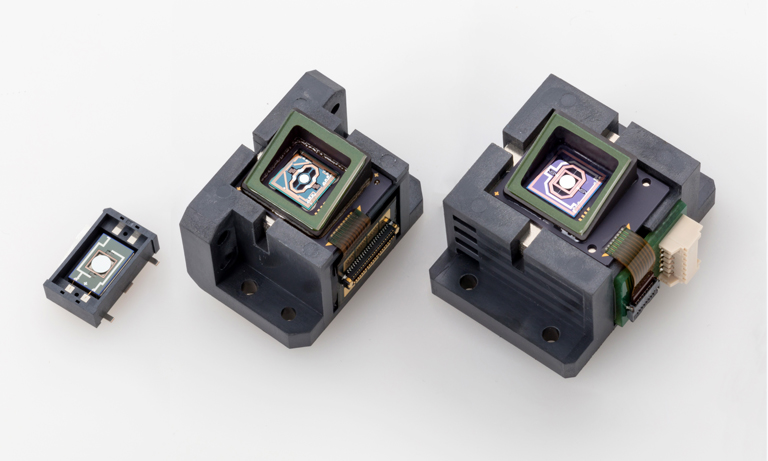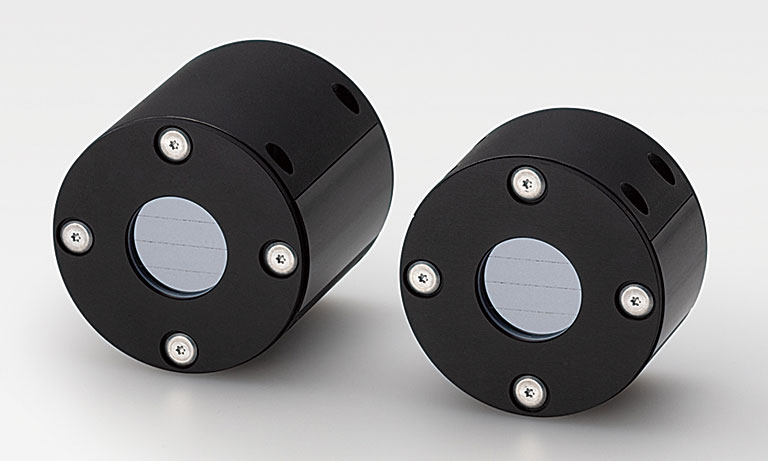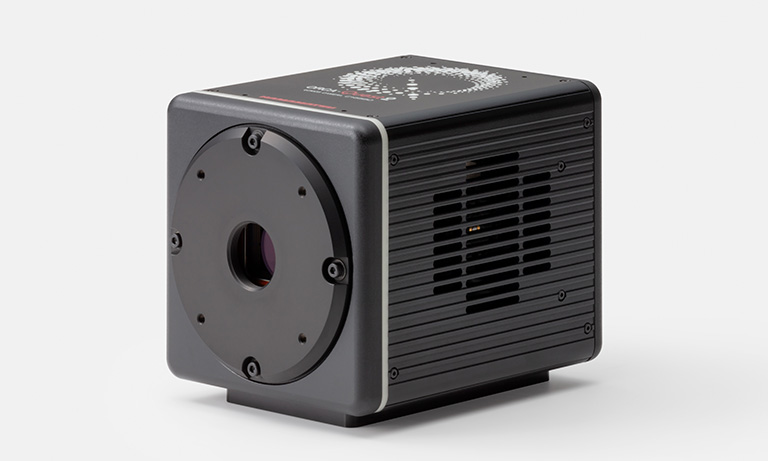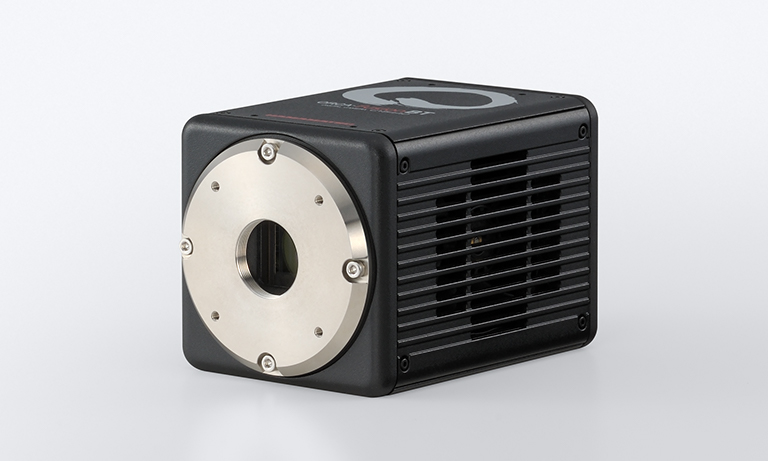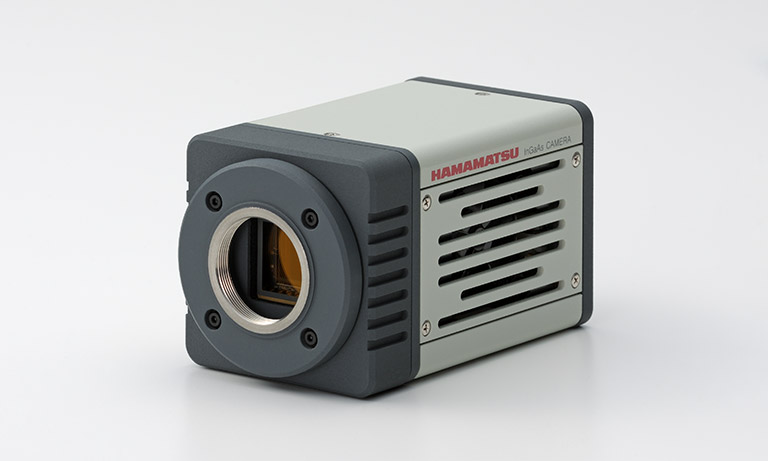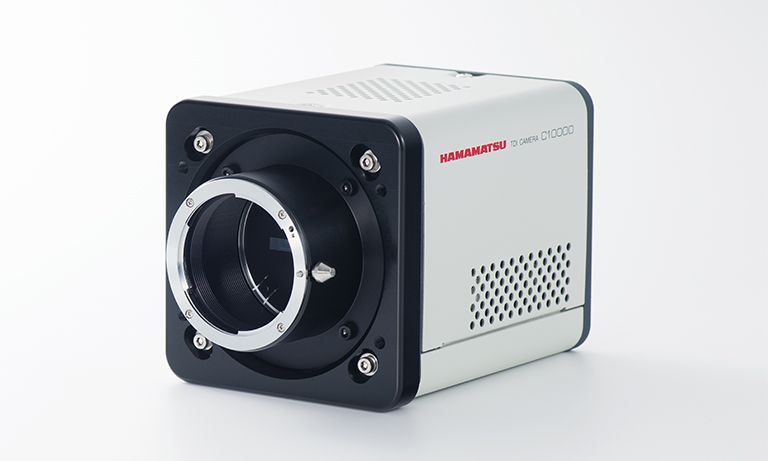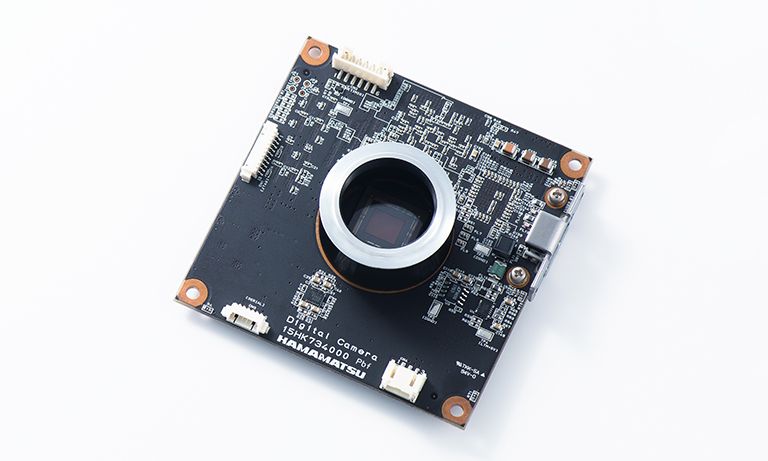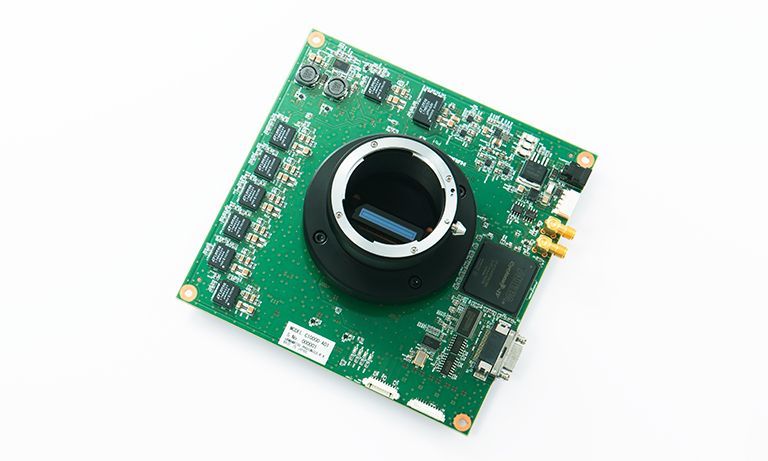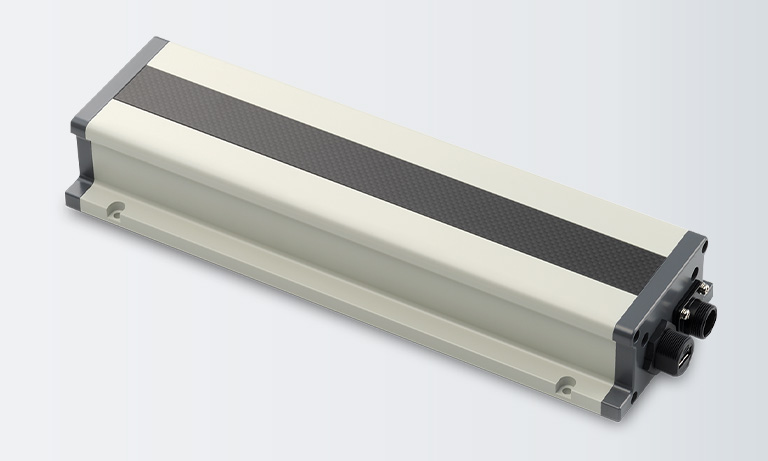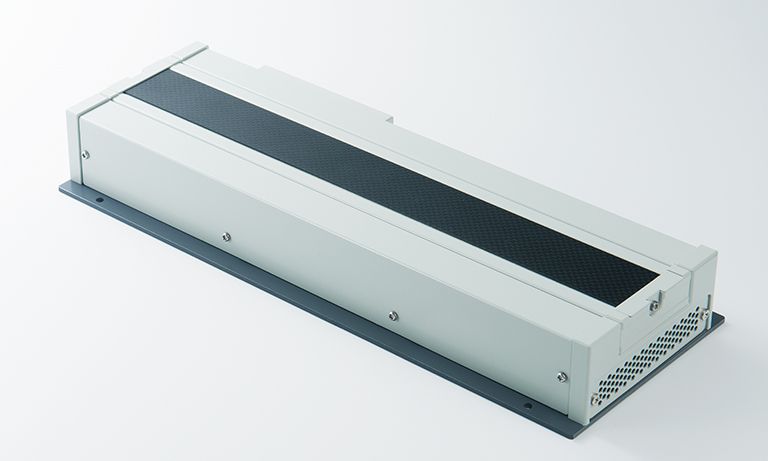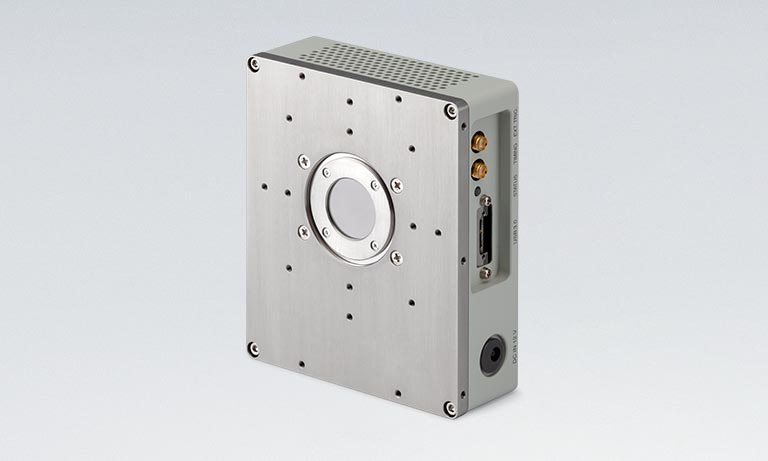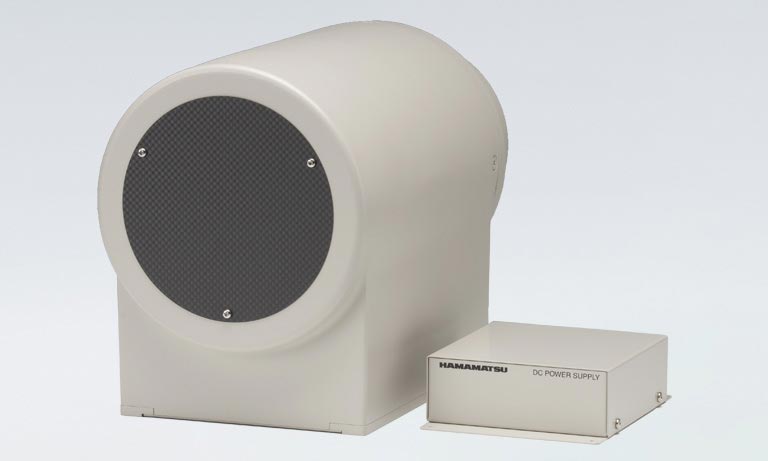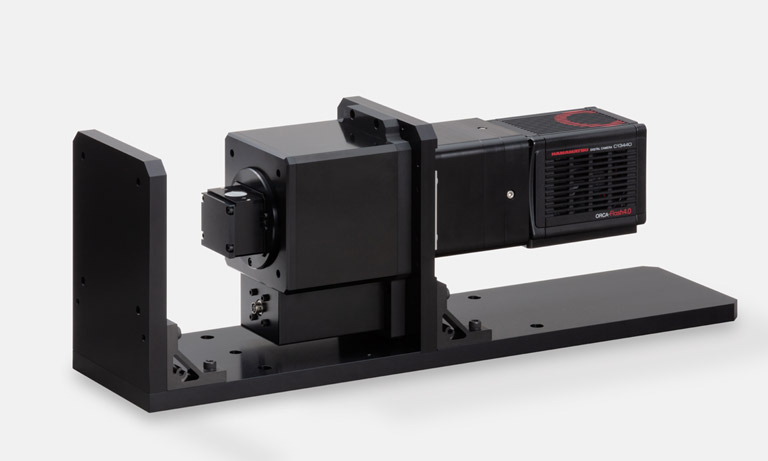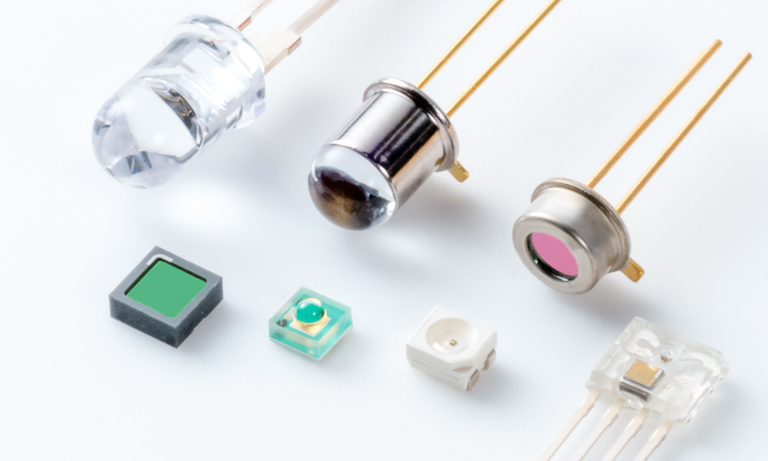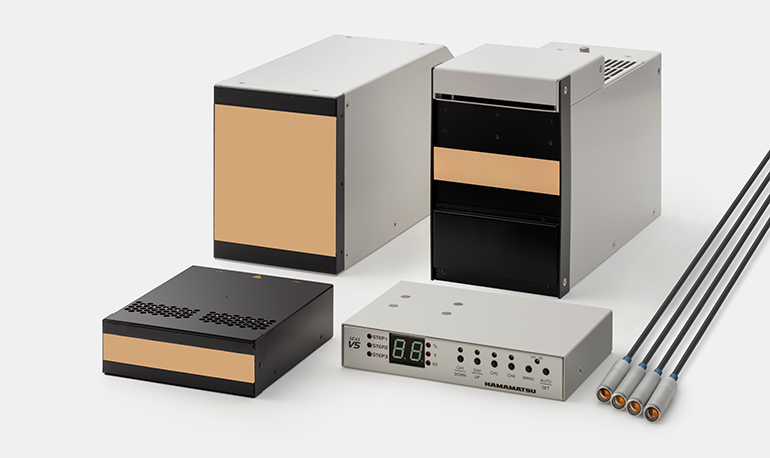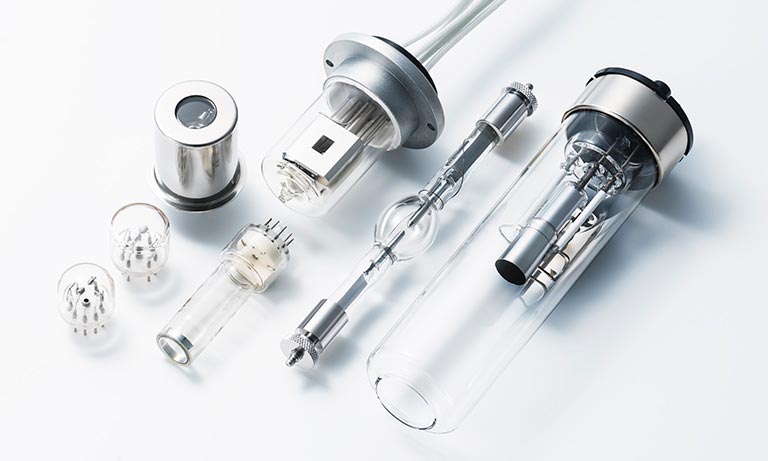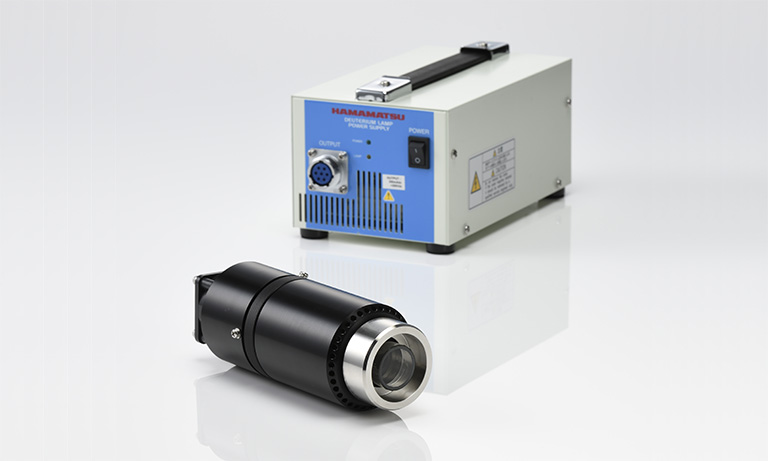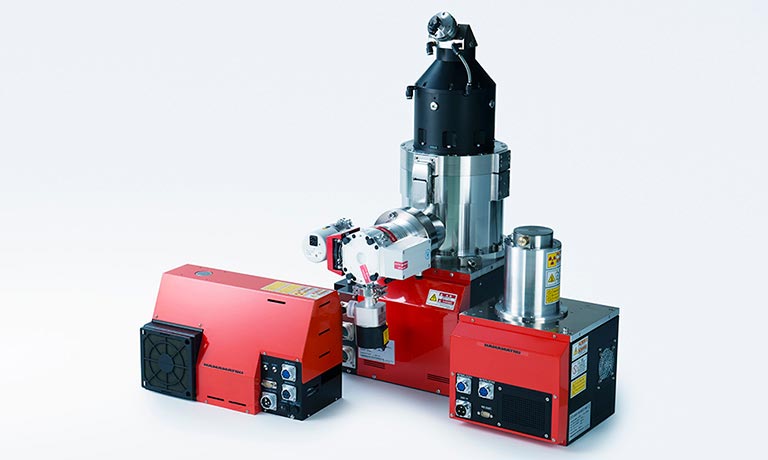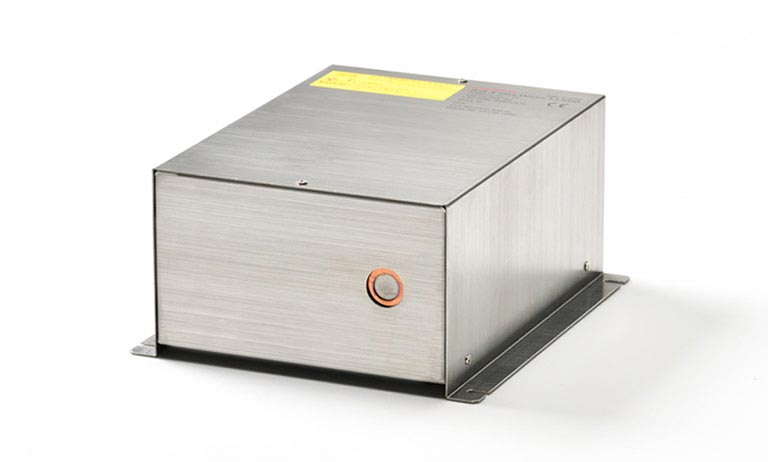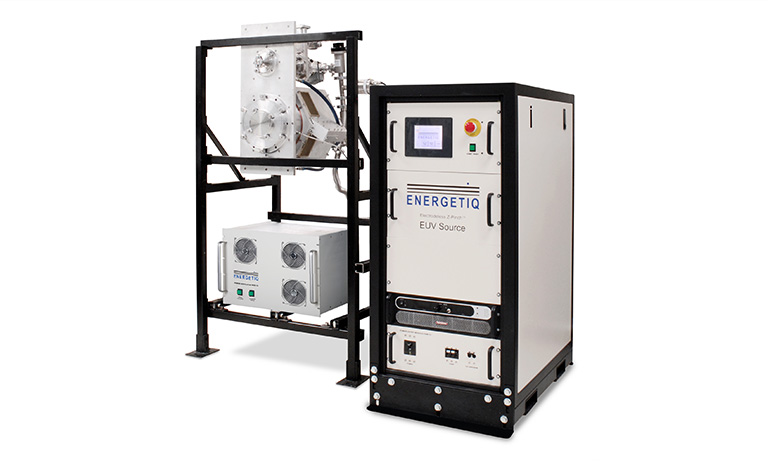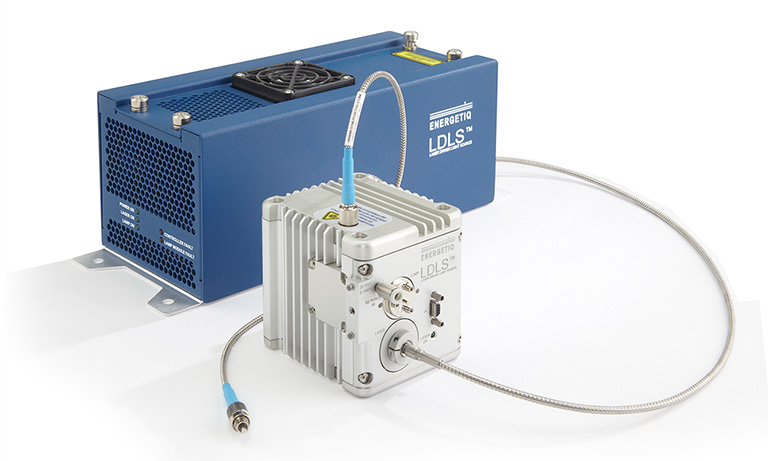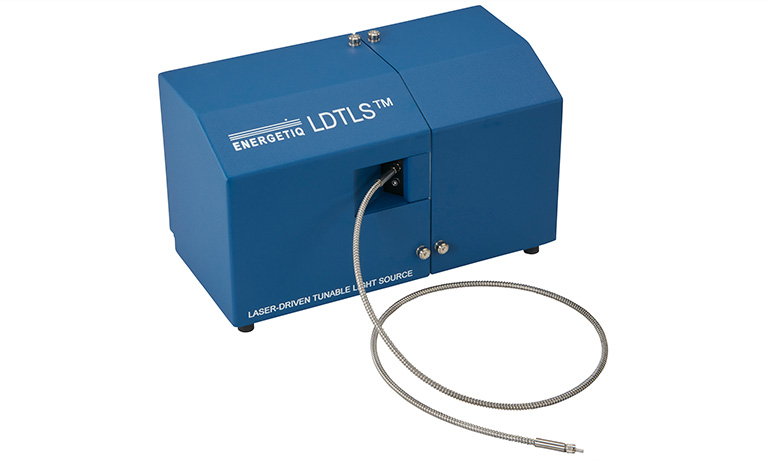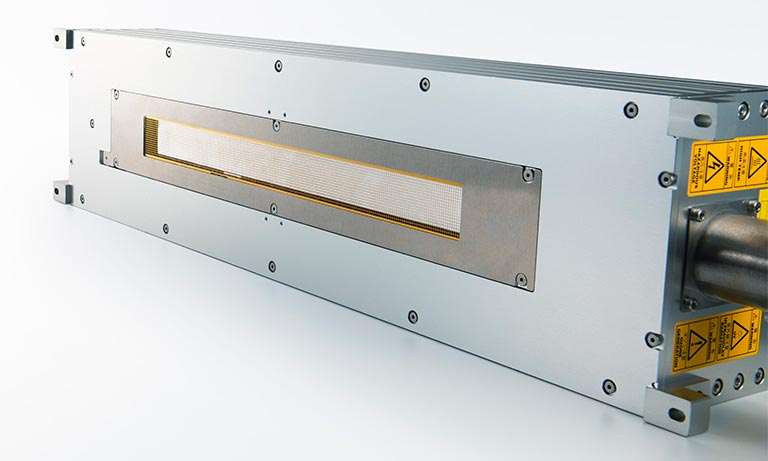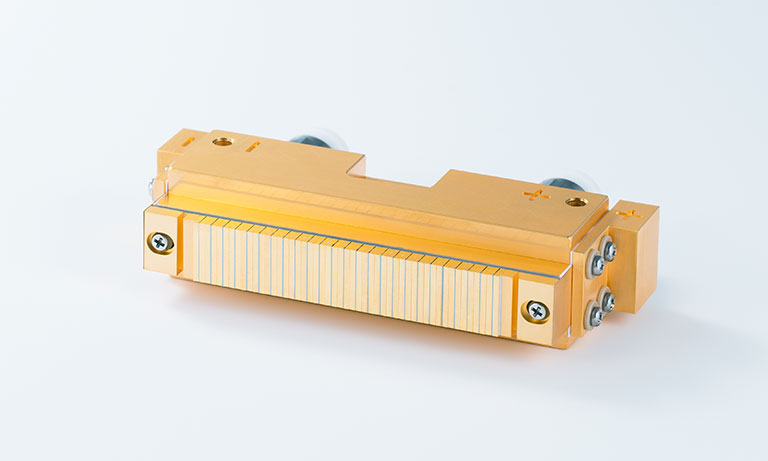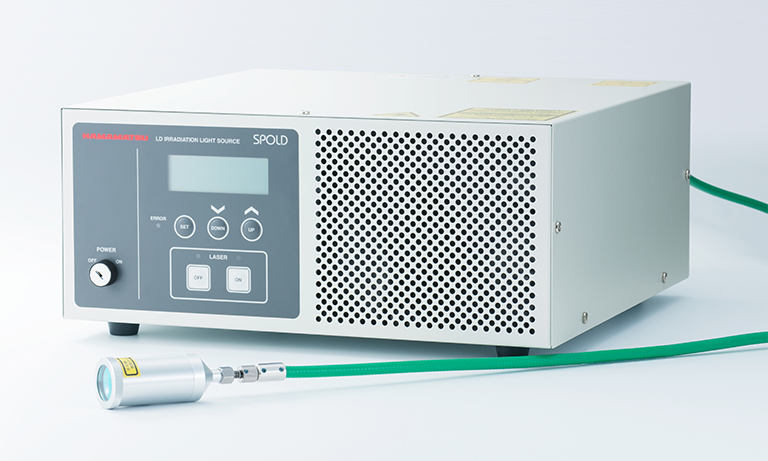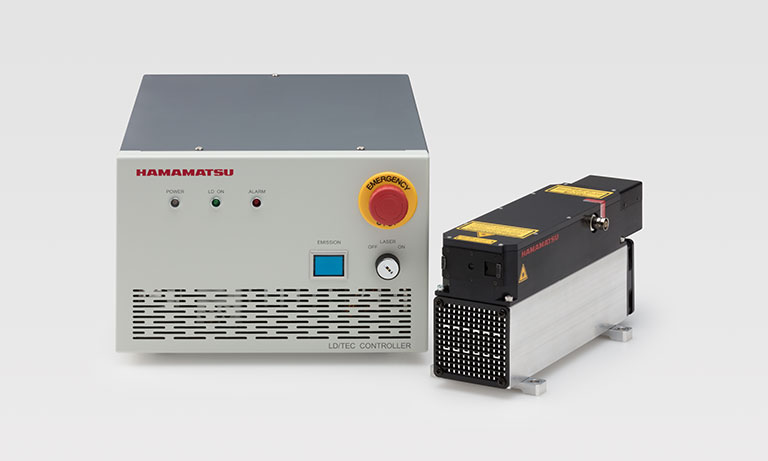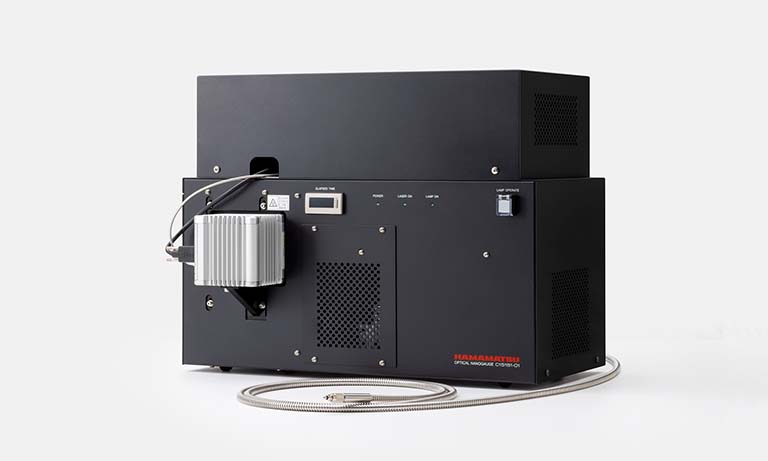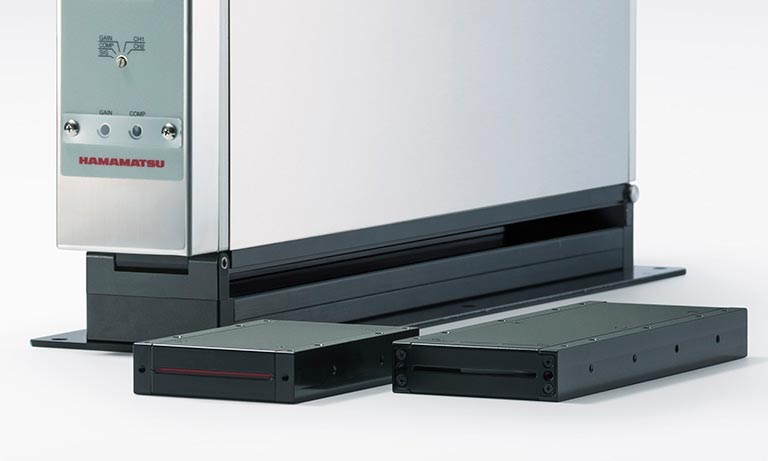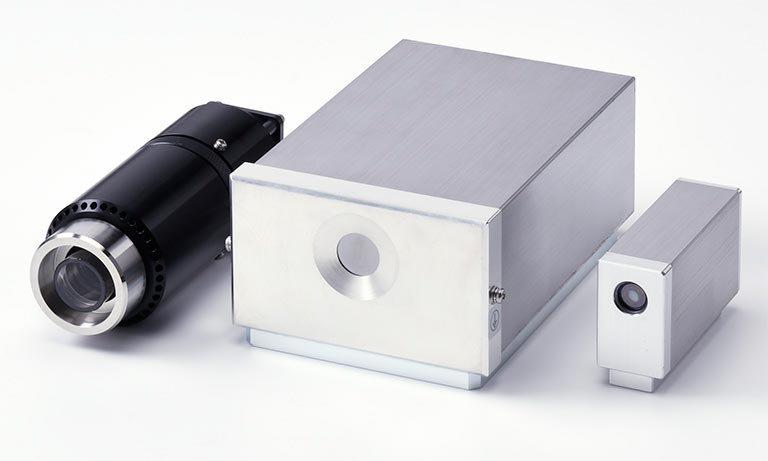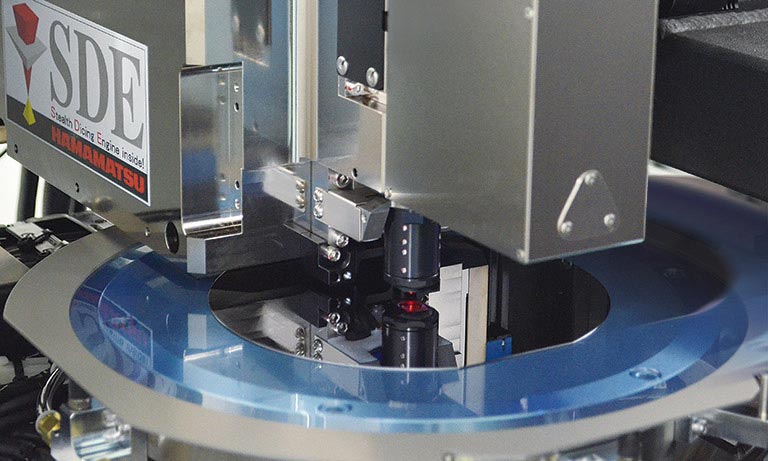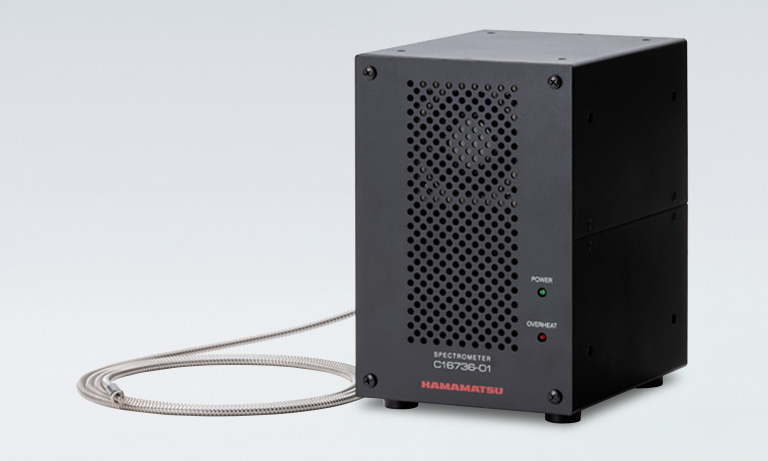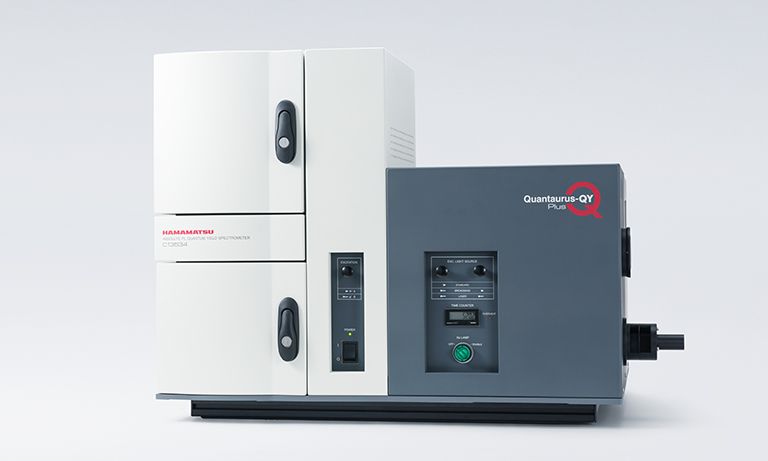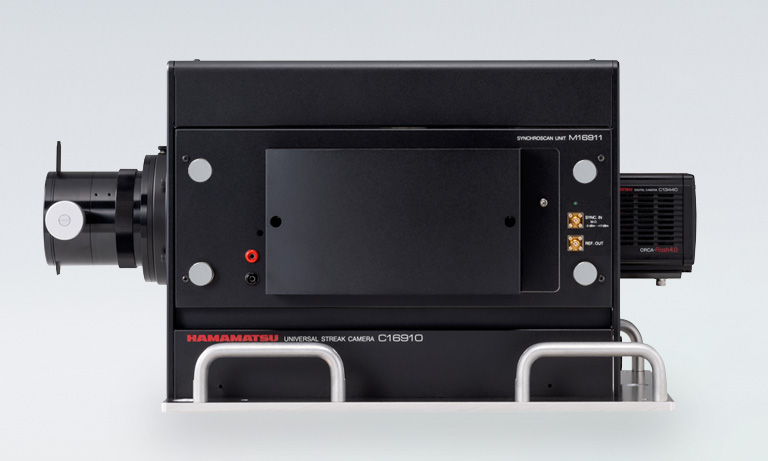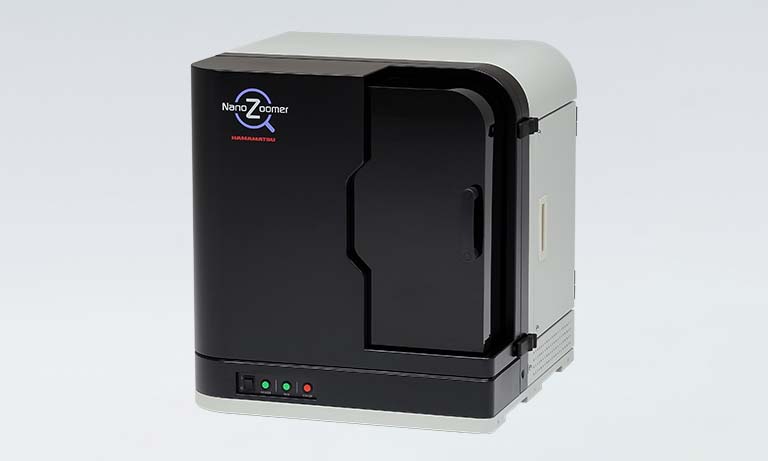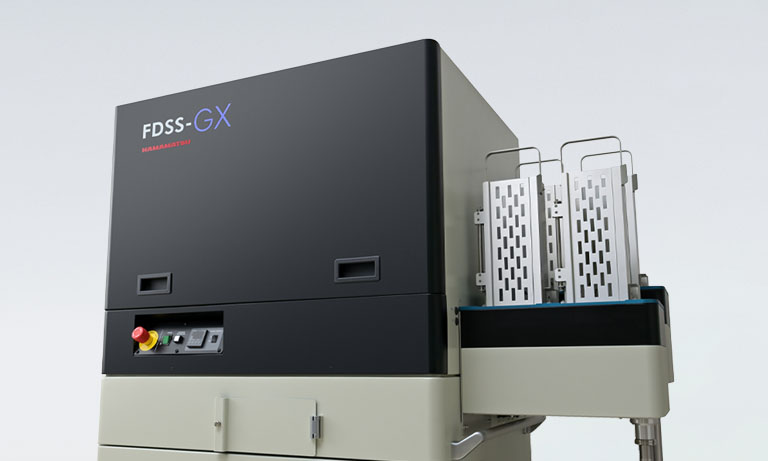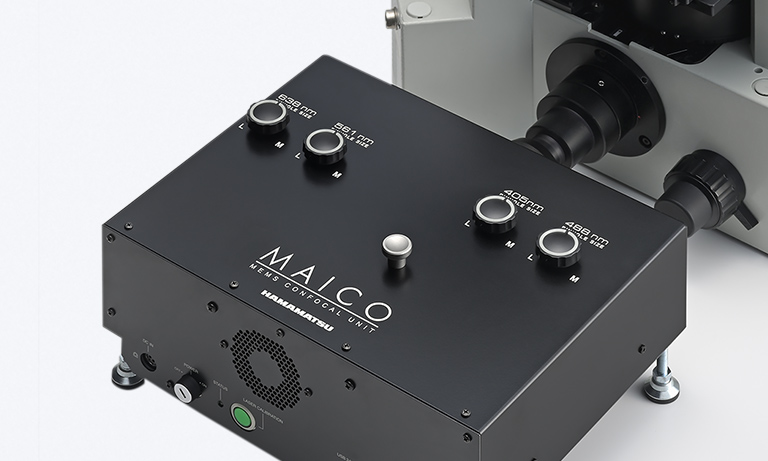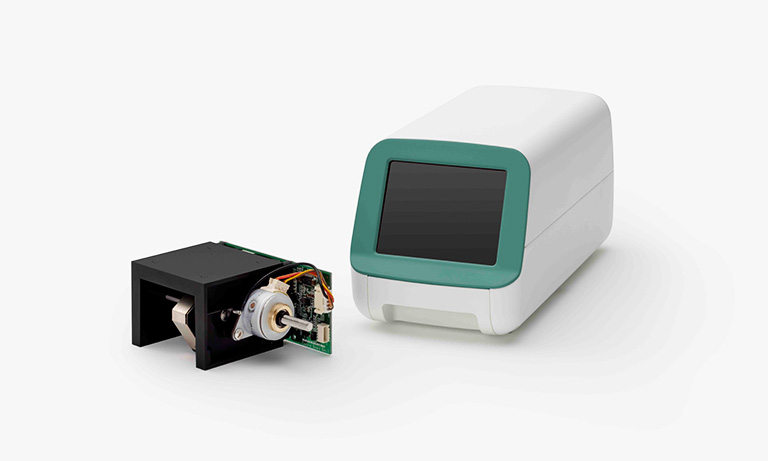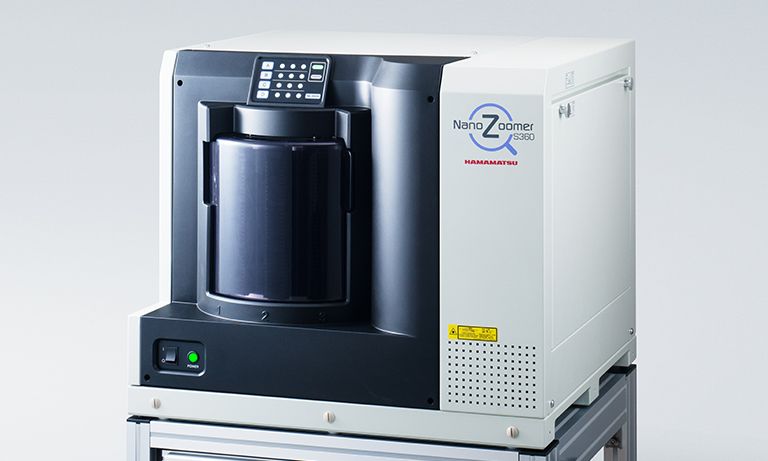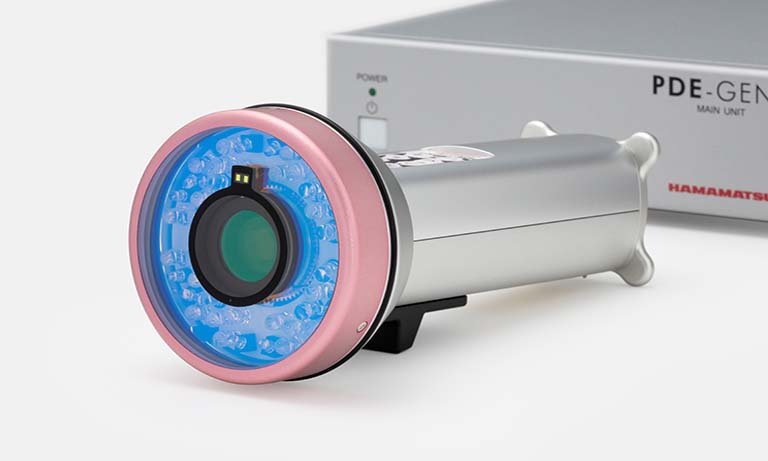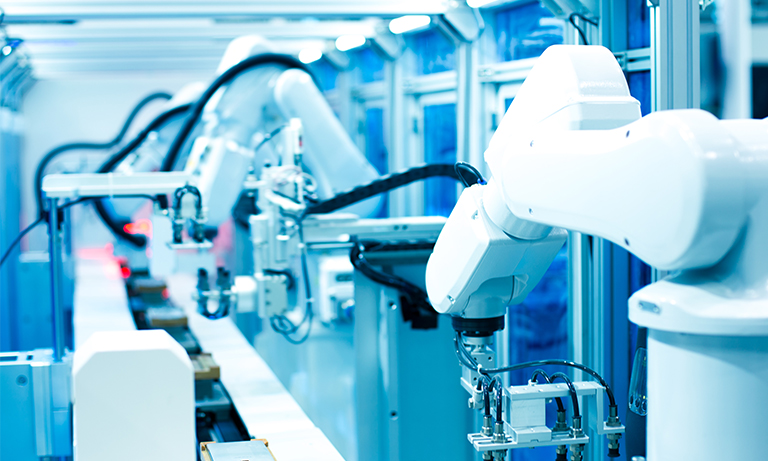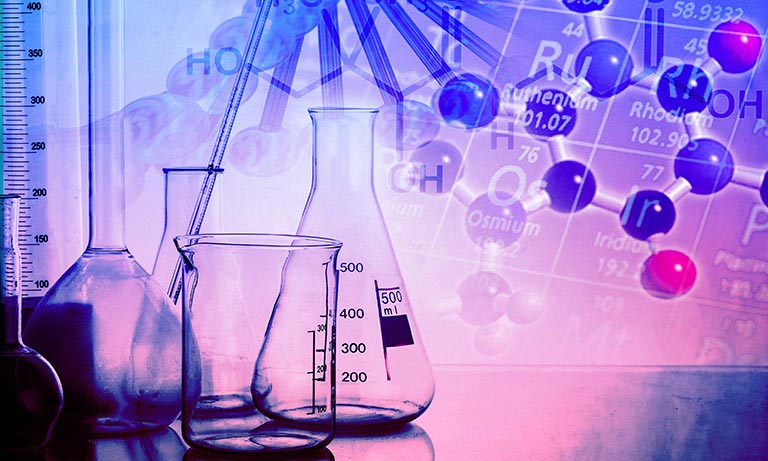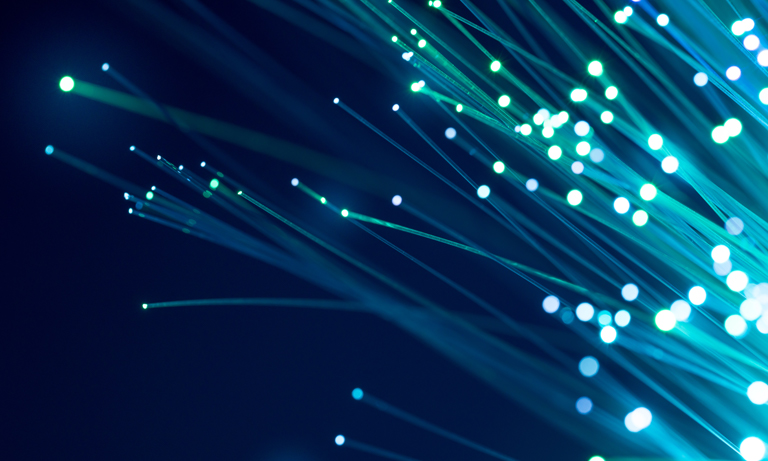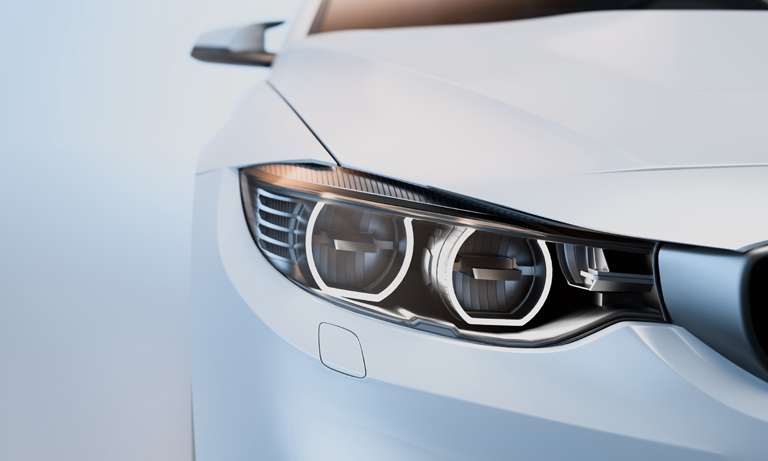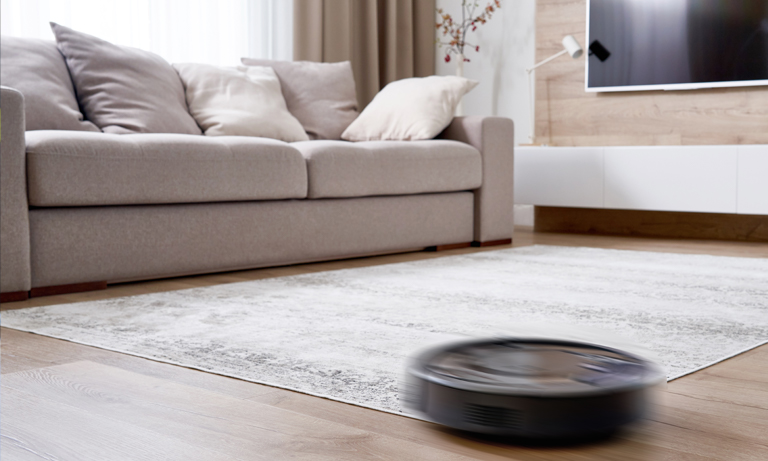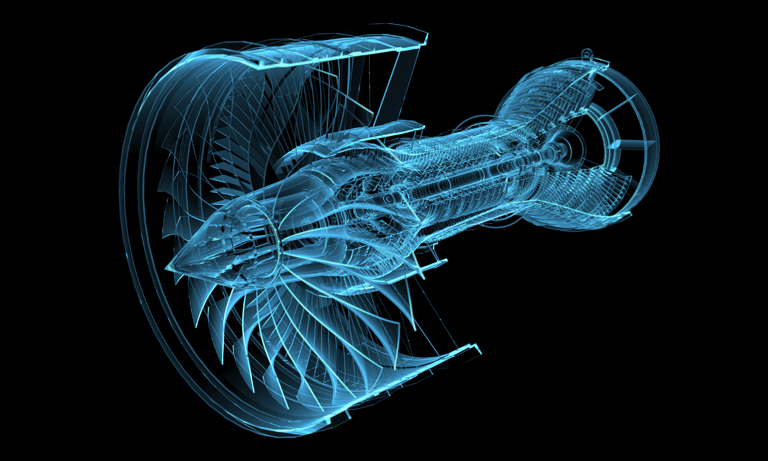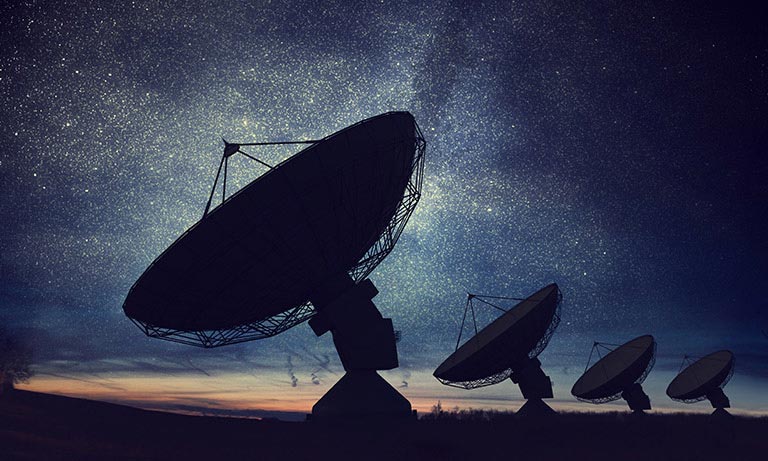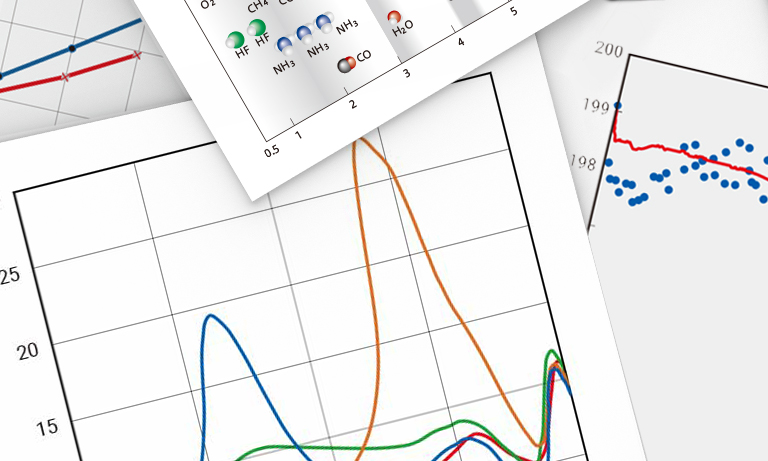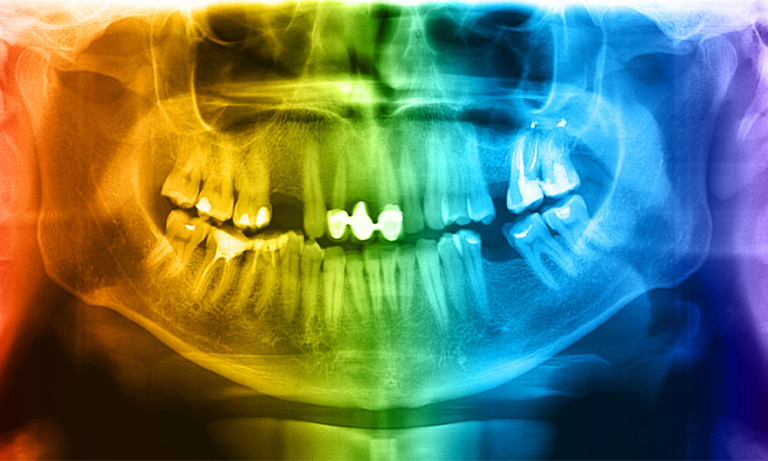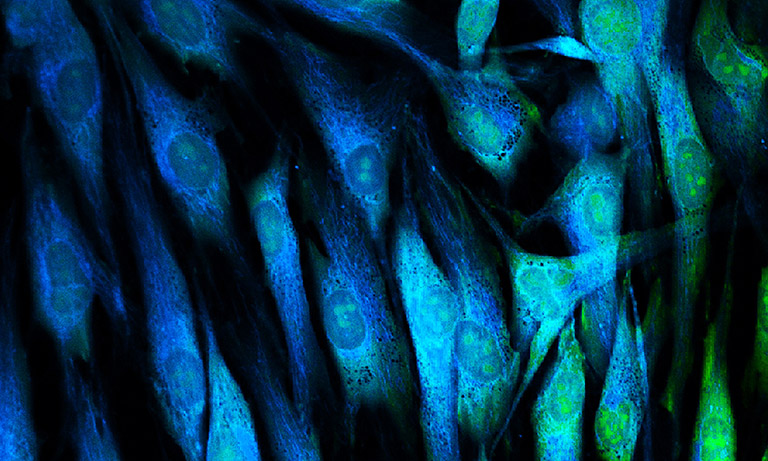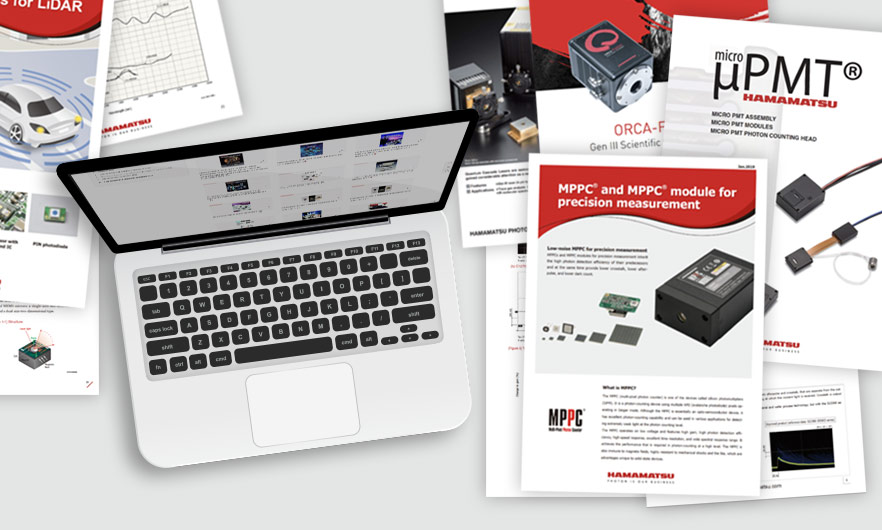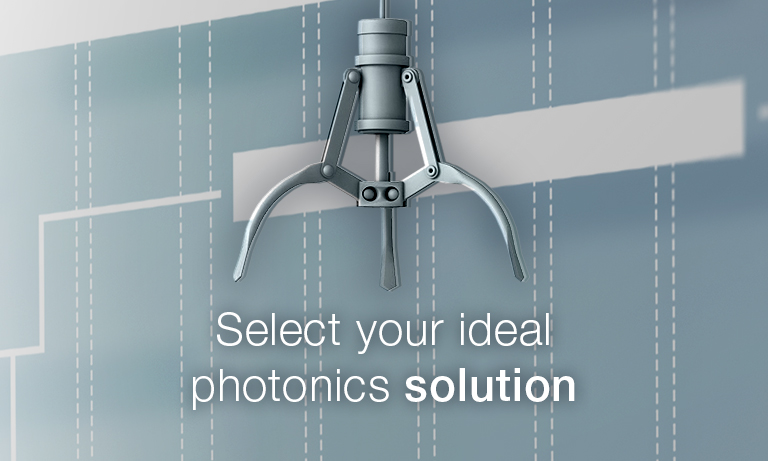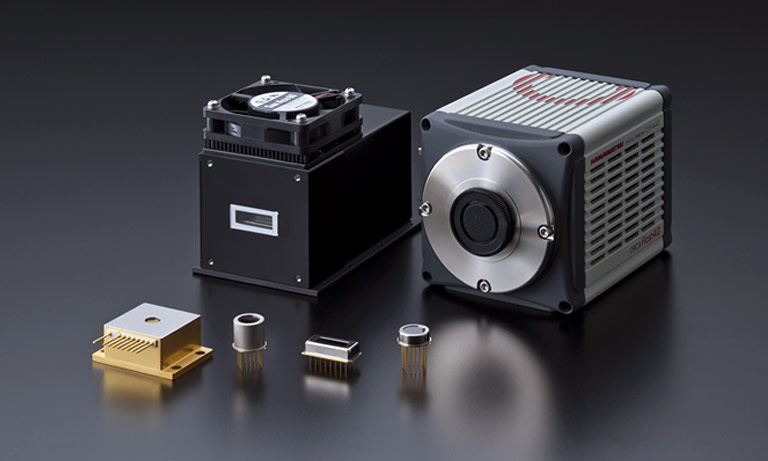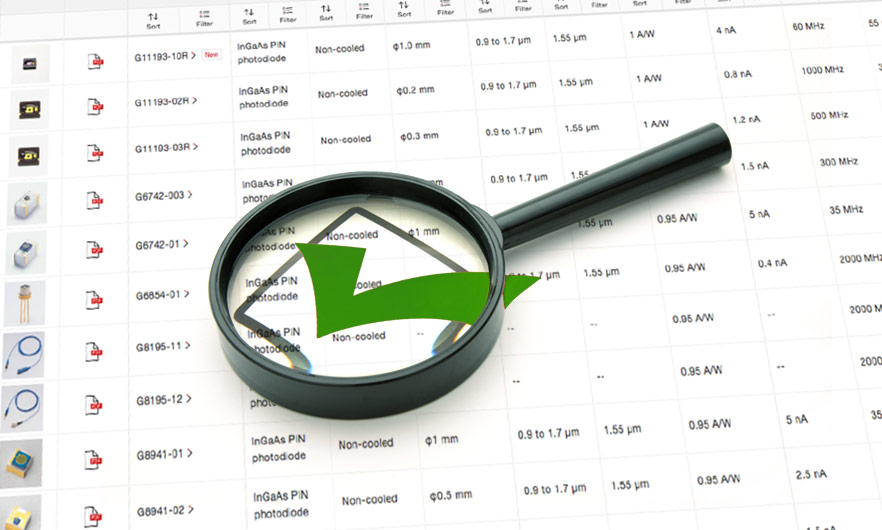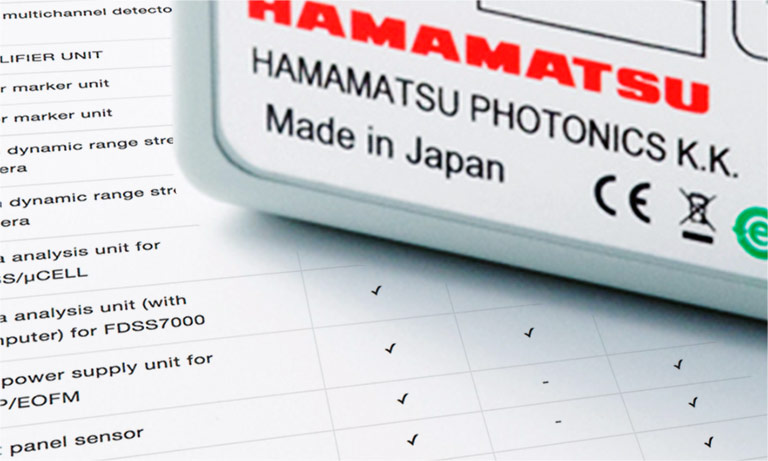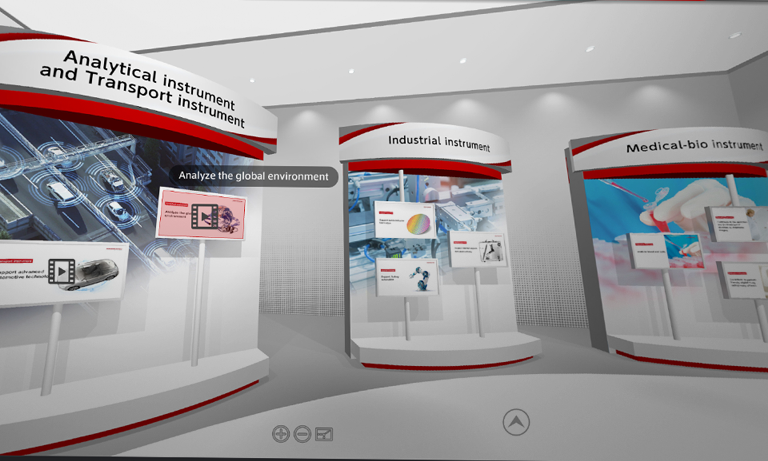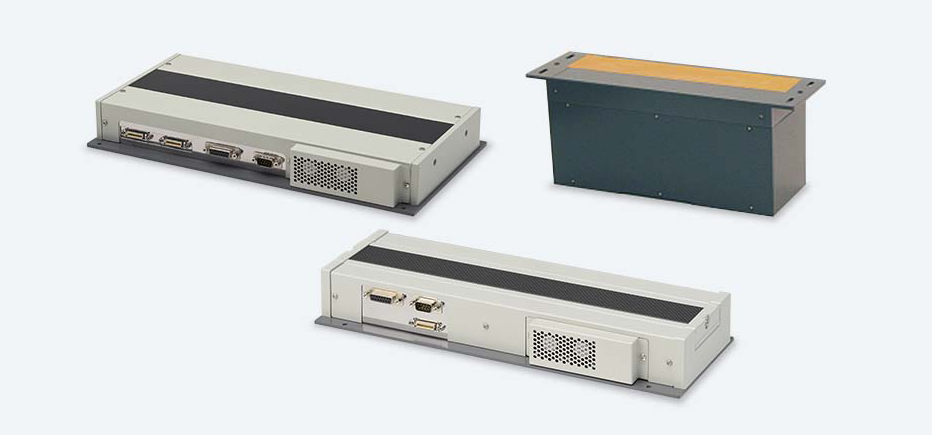United Kingdom (EN)
Select your region or country.
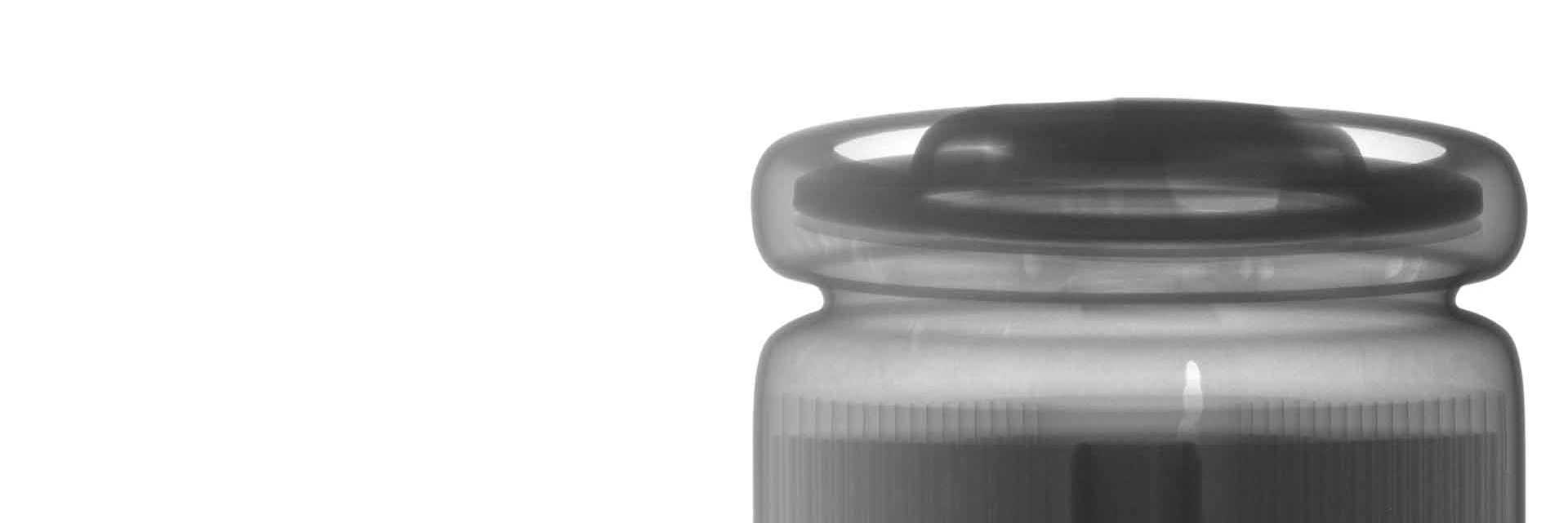
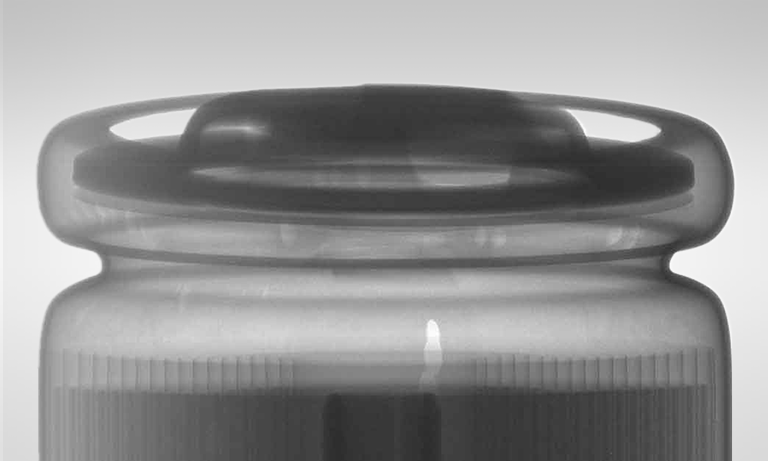
Battery & control board inspection
Global efforts to reduce CO2 emissions are creating a trend toward the electrification of vehicles. Electric Vehicles (EVs) have large-capacity Lithium-ion Batteries (LiBs) and control boards, which are increasingly expected to be in demand worldwide. Since these key parts are also involved in the safety of vehicles, there is a growing focus on the use of X-ray inspection to ensure quality or to improve product yield.
Hamamatsu Photonics has a lineup of products suitable for X-ray non-destructive testing that contributes to the development and manufacture of in-vehicle batteries and control boards.

X-ray for Non-Destructive Inspection
X-rays are electromagnetic waves with a very short wavelength, high energy, and have the characteristic of penetrating through matter.
When X-rays penetrate a material, attenuation occurs depending on the density and thickness of the target material. X-ray imaging translates this feature with an X-ray detector, which displays the attenuation rate difference of the object as contrast in the image.

Non-destructive inspection on a conveyor belt
During an X-ray non-destructive inspection, you may combine X-ray sources and detectors depending on the application. In general, 1D detectors are used for the in-line inspection of continuously transported objects, while 2D detectors are used for an off-line 3D inspection and structural analysis.
Based on our extended experience in manufacturing a wide range of X-ray sources and detectors, we respond to our customers' needs by offering the most advanced solutions.
Product Features
Discover our wide range of X-ray sources and detectors necessary for X-ray imaging.
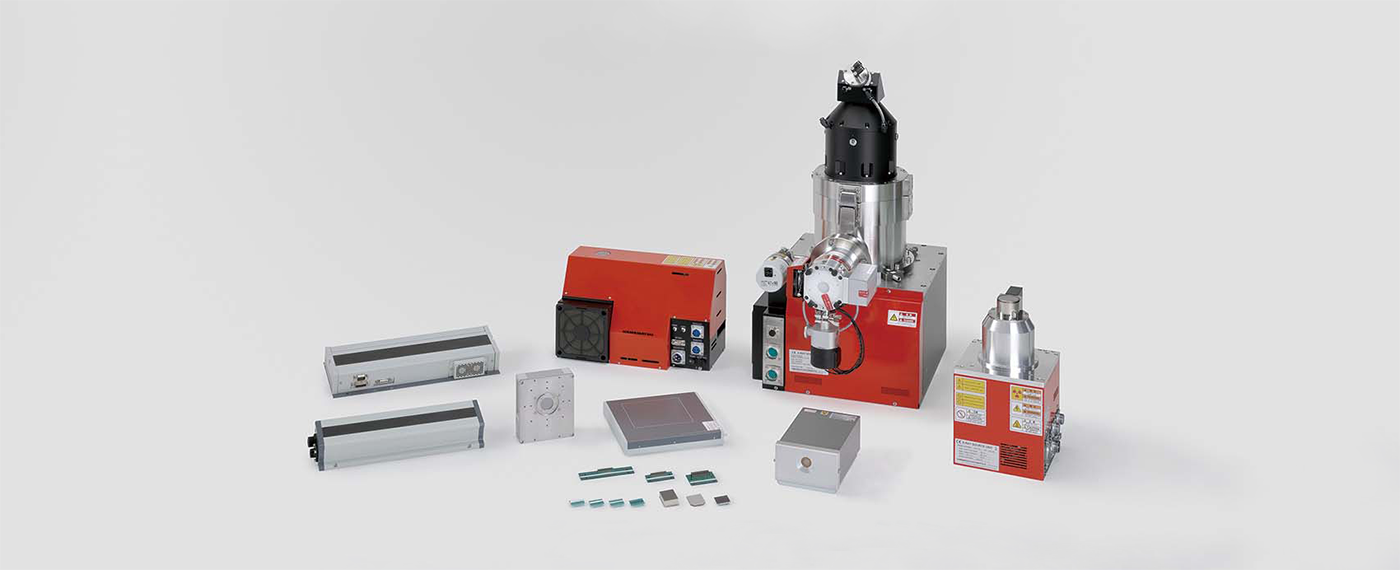
X-ray sources
Microfocus X-ray (MFX) source
Microfocus X-ray sources have an X-ray focal spot size in the order of micrometers, enabling the acquisition of high-definition X-ray images with minimal blur even when imaging at high geometric magnifications.
Conventional X-ray source vs MFX
There is a clear difference in the high-resolution image obtained from our MFX solution.

X-ray detectors
X-ray TDI Cameras
The X-ray TDI camera uses a special CCD readout technology called TDI (Time Delay Integration) to achieve both high-resolution and high-sensitivity images for high-speed inspection. Compared to two-dimensional sensors, the X-ray TDI camera captures the object being transported vertically, acquiring images without distortion in the transport direction.
Inspection by 2D sensor
An image from a 2D detector will be distorted along the length of the sample, due to the geometric set-up. Samples have to be slowed or stopped in order to be imaged. Dimensional measurements cannot be implemented correctly.

Inspection by linear sensor
A more precise image is realized as X-ray is radiated vertically to the object. Linear X-ray detectors allow for continuous movement of the sample. Dimensional measurements can therefore be implemented correctly.

Application examples
Electrode distance inspection on cylindrical LiBs
Distance inspection of a spirally wound LiBs with distinct thickness
The C12300-121 acquires images at a maximum scanning speed of 50 kHZ. It is ideal for high-speed inspection of cylindrical LiBs where objects are carried in continuously.
The C12300-323 is built for capturing images using tube voltages up to a maximum of 180 kV. So even spirally wound LiBs, which are typically thicker and require high X-ray energy transmission to image the position of the electrodes and their layers, are able to be inspected precisely.


Electrode distance inspection on laminated LiBs
Inspection of contaminants on cathode sheets
The C12300 series acquires distortion-free images in the carrying direction. The positions of the electrodes in laminated LiBs can be precisely inspected by scanning them in their lamination direction. High-resolution, high-speed inspection can be achieved by combining X-ray TDI camera with Microfocus X-ray source.
The C12300-461B has high sensitivity at the low tube voltage region and its sensors are configured in a staggered arrangement. Even though minute contaminants on thin objects can be detected, it is ideal for the inspection of sheet materials such as cathodes, anodes, and separators on LiBs.


Recommended Products
- Confirmation
-
It looks like you're in the . If this is not your location, please select the correct region or country below.
You're headed to Hamamatsu Photonics website for GB (English). If you want to view an other country's site, the optimized information will be provided by selecting options below.
In order to use this website comfortably, we use cookies. For cookie details please see our cookie policy.
- Cookie Policy
-
This website or its third-party tools use cookies, which are necessary to its functioning and required to achieve the purposes illustrated in this cookie policy. By closing the cookie warning banner, scrolling the page, clicking a link or continuing to browse otherwise, you agree to the use of cookies.
Hamamatsu uses cookies in order to enhance your experience on our website and ensure that our website functions.
You can visit this page at any time to learn more about cookies, get the most up to date information on how we use cookies and manage your cookie settings. We will not use cookies for any purpose other than the ones stated, but please note that we reserve the right to update our cookies.
1. What are cookies?
For modern websites to work according to visitor’s expectations, they need to collect certain basic information about visitors. To do this, a site will create small text files which are placed on visitor’s devices (computer or mobile) - these files are known as cookies when you access a website. Cookies are used in order to make websites function and work efficiently. Cookies are uniquely assigned to each visitor and can only be read by a web server in the domain that issued the cookie to the visitor. Cookies cannot be used to run programs or deliver viruses to a visitor’s device.
Cookies do various jobs which make the visitor’s experience of the internet much smoother and more interactive. For instance, cookies are used to remember the visitor’s preferences on sites they visit often, to remember language preference and to help navigate between pages more efficiently. Much, though not all, of the data collected is anonymous, though some of it is designed to detect browsing patterns and approximate geographical location to improve the visitor experience.
Certain type of cookies may require the data subject’s consent before storing them on the computer.
2. What are the different types of cookies?
This website uses two types of cookies:
- First party cookies. For our website, the first party cookies are controlled and maintained by Hamamatsu. No other parties have access to these cookies.
- Third party cookies. These cookies are implemented by organizations outside Hamamatsu. We do not have access to the data in these cookies, but we use these cookies to improve the overall website experience.
3. How do we use cookies?
This website uses cookies for following purposes:
- Certain cookies are necessary for our website to function. These are strictly necessary cookies and are required to enable website access, support navigation or provide relevant content. These cookies direct you to the correct region or country, and support security and ecommerce. Strictly necessary cookies also enforce your privacy preferences. Without these strictly necessary cookies, much of our website will not function.
- Analytics cookies are used to track website usage. This data enables us to improve our website usability, performance and website administration. In our analytics cookies, we do not store any personal identifying information.
- Functionality cookies. These are used to recognize you when you return to our website. This enables us to personalize our content for you, greet you by name and remember your preferences (for example, your choice of language or region).
- These cookies record your visit to our website, the pages you have visited and the links you have followed. We will use this information to make our website and the advertising displayed on it more relevant to your interests. We may also share this information with third parties for this purpose.
Cookies help us help you. Through the use of cookies, we learn what is important to our visitors and we develop and enhance website content and functionality to support your experience. Much of our website can be accessed if cookies are disabled, however certain website functions may not work. And, we believe your current and future visits will be enhanced if cookies are enabled.
4. Which cookies do we use?
There are two ways to manage cookie preferences.
- You can set your cookie preferences on your device or in your browser.
- You can set your cookie preferences at the website level.
If you don’t want to receive cookies, you can modify your browser so that it notifies you when cookies are sent to it or you can refuse cookies altogether. You can also delete cookies that have already been set.
If you wish to restrict or block web browser cookies which are set on your device then you can do this through your browser settings; the Help function within your browser should tell you how. Alternatively, you may wish to visit www.aboutcookies.org, which contains comprehensive information on how to do this on a wide variety of desktop browsers.
5. What are Internet tags and how do we use them with cookies?
Occasionally, we may use internet tags (also known as action tags, single-pixel GIFs, clear GIFs, invisible GIFs and 1-by-1 GIFs) at this site and may deploy these tags/cookies through a third-party advertising partner or a web analytical service partner which may be located and store the respective information (including your IP-address) in a foreign country. These tags/cookies are placed on both online advertisements that bring users to this site and on different pages of this site. We use this technology to measure the visitors' responses to our sites and the effectiveness of our advertising campaigns (including how many times a page is opened and which information is consulted) as well as to evaluate your use of this website. The third-party partner or the web analytical service partner may be able to collect data about visitors to our and other sites because of these internet tags/cookies, may compose reports regarding the website’s activity for us and may provide further services which are related to the use of the website and the internet. They may provide such information to other parties if there is a legal requirement that they do so, or if they hire the other parties to process information on their behalf.
If you would like more information about web tags and cookies associated with on-line advertising or to opt-out of third-party collection of this information, please visit the Network Advertising Initiative website http://www.networkadvertising.org.
6. Analytics and Advertisement Cookies
We use third-party cookies (such as Google Analytics) to track visitors on our website, to get reports about how visitors use the website and to inform, optimize and serve ads based on someone's past visits to our website.
You may opt-out of Google Analytics cookies by the websites provided by Google:
https://tools.google.com/dlpage/gaoptout?hl=en
As provided in this Privacy Policy (Article 5), you can learn more about opt-out cookies by the website provided by Network Advertising Initiative:
http://www.networkadvertising.org
We inform you that in such case you will not be able to wholly use all functions of our website.
Close
